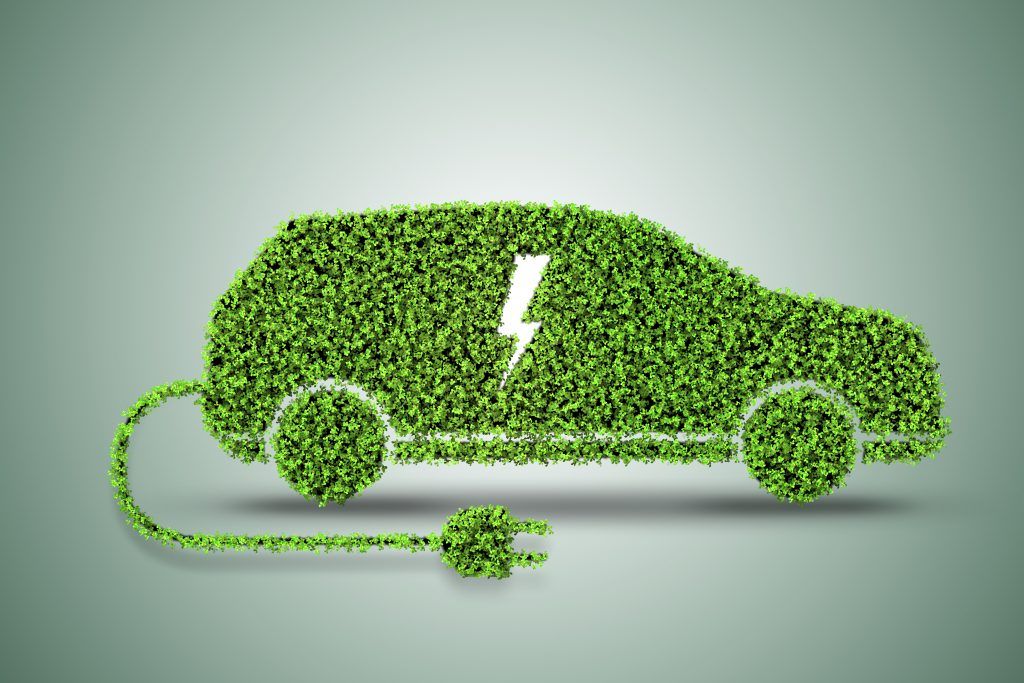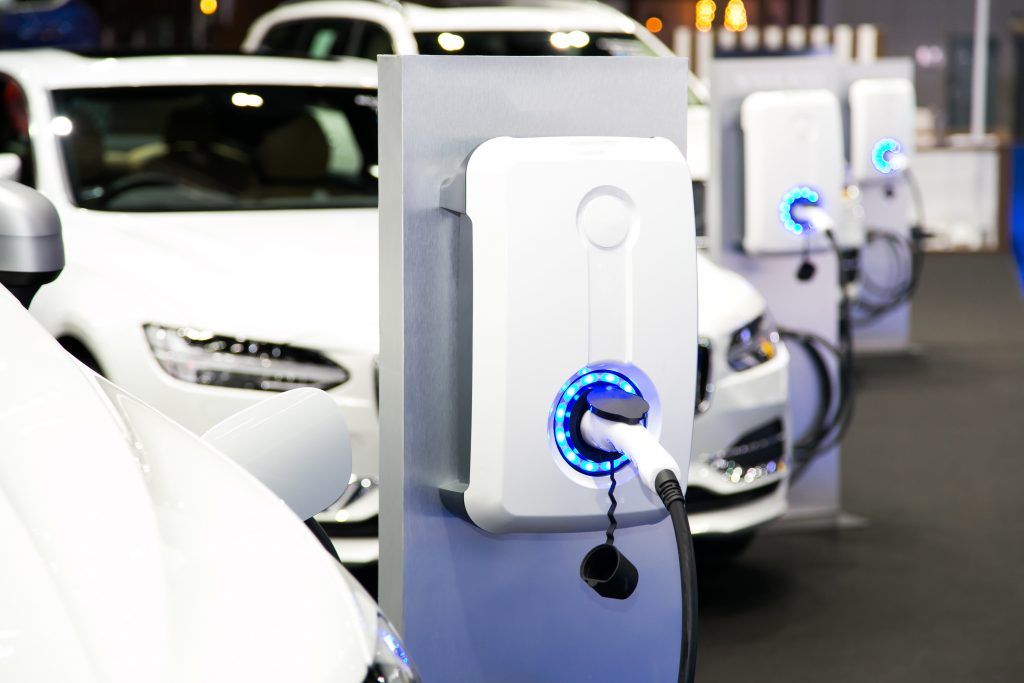A fleet of autonomous robotaxis could generate an annual profit of around £27,000 per vehicle by the year 2030.
Deploying driverless 2-seater robotaxi pods, with ultra-durable powertrains capable of 300 miles per day for 10 years and utilisation rates of 90%, could make the total cost of ownership and operation attractive, both economically and environmentally.
The analysis, by Cenex, published in a report launched at Cenex-LCV 2021, compared a human-driven battery electric taxi with a regular battery electric autonomous vehicle used as a robotaxi, and a robotaxi with an ultra-durable drivetrain, all completing 107,000 miles per year.
The human-driven taxi would require multiple shift operation to achieve this, which adds significant costs to the business model, while the costs of replacing regular drivetrains exceeds the additional outlay for an ultra-durable one.
The ultra-durable powertrain adds 11% (£1,900) to the initial investment in capital costs. However, the normal autonomous vehicle requires 5 powertrain replacements along its lifetime, while the ultra-durable autonomous vehicle only requires one.
The calculation assumes a 150,000-mile lifetime for the normal powertrain and a 1 million-mile lifetime for the ultra-durable one. After 10 years, this involves an overall vehicle cost saving of 7% (£8,300).
For the initial investment in a robotaxi fleet business to payback in three to five years (including overheads like marketing and non-driving staff), the trip fares charged to customers could be similar to the average UK total ownership costs for private battery electric cars (£0.68/mile).
With increasing urbanisation and traffic density, it may be possible that urban personal transport will be provided by autonomous taxis that are no longer owned by private individuals, but operated as part of a commercial fleet.
These vehicles would operate with much higher levels of utilisation, accumulating far higher mileage within a few years. Autonomous vehicles are expected to be heavily utilised in the future, offering mobility as a service in urban environments and achieving over 100,000 miles/year over ten years, therefore they will require a powertrain able to withstand this intensive duty cycle over the vehicle’s lifetime.
This is the subject of the RUBICON project, which is a collaboration funded by Innovate UK’s Smart Grants competition to design a novel powertrain, for use in an autonomous passenger carrying vehicle, by considering its entire economic and environmental ‘cradle-to-grave’ life cycle.
In this study, powertrain is understood as the combination of motor, inverter, and gearbox. Ultra-durable batteries are beyond the scope of this research.
High milage and utilisation for vehicles will reduce the environmental and financial costs per mile. Battery electric vehicles will have zero tailpipe emissions and will therefore reduce greenhouse gas emissions. Autonomous vehicles can help tackle road transport challenges via reduced congestion and emissions, increased safety, increased accessibility for marginalised groups and more space in the urban realm enabled by reduced road space and parking.
Victor Lejona, Technical Specialist at Cenex, said: “We expect the progression of connected and autonomous technology this decade to cause a shift in vehicle ownership, and this could open up new opportunities for the mobility sector.
“It’s important to get the most use out of vehicles to maximise the financial investments and reduce the environmental impacts, and creating ultra-durable drivetrains means zero emission vehicles can cover more miles.
“We are pleased to release this white paper, where we gaze at the future of mobility and model the operation patterns and business case for ultra-durable autonomous vehicles.
“Thanks to the very valuable inputs and cooperation from Romax Technology and Empel Systems, we are able to assess the engineering, economic and environmental cases of autonomous robotaxis, and how well they fit within the wider transport policy on the road to Net Zero.”
Image: Shutterstock








